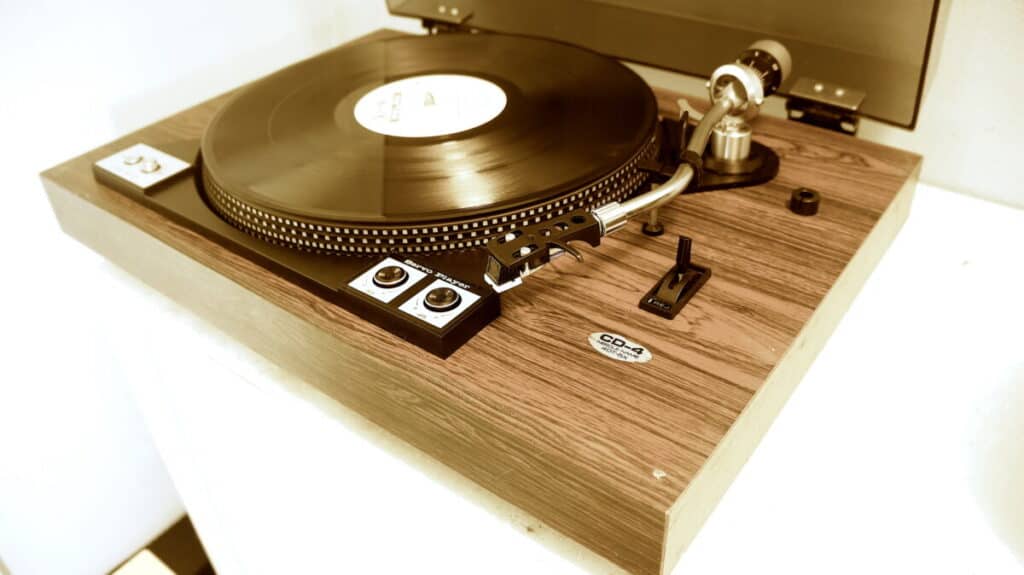In 1979, an upcoming Japanese singer named Miki Matsubara released a hit single called “Mayonaka no Door”. Little did she know at the time, this song would resurface as a hit 4 decades later. Even though Matsubara tragically passed away in 2004, her talent has not been forgotten.
Fast forward to 2022, when nearly everyone around the globe is connected to social media. With sites like youtube, anyone and anything can go viral. When “Mayonaka no Door” was used in a video that went viral, J pop music lovers all around the world wanted to know more about the song.
J pop fans were intrigued to learn more about the late singer after hearing “Mayonaka no Door”, which means Stay With Me.
It was just one of many hit songs that Miki Matsubara released during her career. If you’re interested to learn more about the life and career of Matsubara, you’ve come to the right page.
We’re going to discuss everything you want to know about the late singer and her music.
Late singer Miki Matsubara is still impressing J pop fans
It’s not uncommon for a late singer to be rediscovered after they have passed away. Fans often play their music as a way to honor the artist’s life and career after they are gone.
However, with Miki Matsubara, it’s a unique case. While Matsubara had a very successful career in the Japanese music industry, she also led a very private life.
During her career, Matsubara was mainly a domestic singer in Japan. Her music style is known as city pop and had a lot of fans across the country.

The singer also recorded several anime theme songs, which did gain her more of a fanbase overseas. However, when she recorded anime theme songs, she did it under the stage name Suzie Matsubara.
It wasn’t until recently that Miki Matsubara and her hit “Mayonaka no Door” became a phenomenon overseas.
The power of social media brought this song back to life and introduced it to a new fanbase across the world. With so many new Western fans, there are even plans of re-releasing the song on vinyl for collectors.
The history of Mayonaka no Door- Stay With Me
Miki Matsubara’s 1979 hit song “Mayonaka no Door” was the singer’s debut track. She was only 19 years old when it was recorded and released.
This song is what opened the door to a rather successful career for the young singer. After the success of “Mayonaka no Door ”, Matsubara went on to record 12 albums and has 8 hit singles.
Before releasing her first single, Matsubara was trying to get her big break. She left her family home in Osaka only two years before being discovered and began performing at live venues.

Miki was discovered by Yuzuru Sera, a well-known pianist in the area and her career set off from there.
Her first recorded song was a hit with city pop music fans in the late 70s. While many fans could relate to the sad and emotional lyrics in the song, they couldn’t help but feel cheerful by the melody.
Even though it was intended to be an emotional song, Mayonaka no Door is known as a feel-good song.
When Mayonaka no Door was recorded, it was an overnight hit in Japan. Many well-known artists wanted to cover it and Matsubara became a domestic household name. The song even earned 28th place on Oricon Japanese music charts.
The life of late Miki Matsubara
When Miki Matsubara was recording music in Japan, she managed to keep her personal life out of the public eye. At the time, fans knew very little about the singer.
She is well known for her striking vocal talents, innocent personality, and the way she was able to win over her audience with charm.
Mikia Matsubara was born in Osaka on November 28th, 1959. Music was in her DNA, as her mother was a popular jazz singer in the community.
Eager to make it in the music industry, Matsubara left her family home in 1977 to pursue her dreams. While she was always eager to sing in the spotlight, she didn’t want her personal life exposed.
She had a successful career up until 2000 when she sent an email to friends and colleagues to let them know she would no longer be continuing with her music career and that nobody would be able to reach her anymore.
While this left people puzzled, it was discovered soon after that she had been diagnosed with life-threatening cancer.
Before her passing in 2004, she admitted to a close friend that she regretted her music career. The music took up all of her time, forcing her to miss out on time with those that she loved.
Miki Matsubara’s resurged hit from 1979
It has been over 40 years since the song’s release and more than 15 years after the singer’s death, yet many people around the world are hearing “Mayonaka no Door” for the first time and falling in love with the cheerful song.
Part of the song’s recent resurgence success has to do in part with a popular YouTube star.
Rainych Ran is a well-known YouTuber who has well over 1.5 million followers. Ran has grown in popularity on the platform for her flawless song covers.

When she did a cover of “Mayonaka no Door”, it proved to be more successful for her channel than she imagined.
She gained millions of views and basically brought a second life to the song.
After hearing Ran’s version of the song, more people wanted to know about the original version. The song ended up achieving a lot of success on Apple Music and Spotify.
Eventually, a TikTok trend emerged around the song as well where young Japanese teens would play the song in front of their mothers to see them light up.
Since the resurgence of “Mayonaka no Door”, it has become number 1 on Apple Music charts in over 84 different countries.
It was also on top of the Spotify Global Viral chart for 20 days in a row. This rarely happens for Japanese music artists, especially so long after they have passed.
Miki Matsubara is on vinyl too
It’s not just on digital platforms that Miki Matsubara’s music is seeing success. There has also been high demand to collect her music on vinyl.
Pony Canyon has re-released Matsubara’s debut album “Pocket Park” on vinyl and has also released a 7-inch vinyl of “Mayonaka no Door” which also includes a bonus b-side with the hit song “Soushite Watashi”.

One of the amazing things about Miki Masubara’s music is that it continues to reach people of all generations. Many Japanese mothers today were big fans of Matsubara when her career was in its prime.
They enjoy listening to the music now with their daughters and are excited that there are now vinyl albums they can collect.
Miki Matsubara’s albums and hit songs
For nearly 20 years, Miki Matsubara was a beloved recording artist in Japan. Her fun city pop music always made people feel good when it came on the radio.
Over her years in the industry, Matsubara delighted her fans with many great albums and hit songs.
In 1980, she released her debut album “Pocket Park” and later on that year she released a follow-up album called “Who Are You?”. This recording artist didn’t take any breaks from the studio, as between 1981 and 1982, she released 3 more albums:
- “Cupid”
- “Myself”
- “Aya”
However, come 1983, she gave herself a bit of a break and only recorded one album “Revue”. Fans didn’t want to miss out on more music, so she felt encouraged to go back to the studio for more in 1984.
This is when she recorded “Cool Cut” and the cover album “Blue Eyes”.
In 1985, she released “Lady Bounce” and then took a break from recording for a year. She resurfaced in 1987 with the hit original soundtrack “Dirty Pair”.
In 1988, she released the studio album “WiNK”. After that, she stopped recording studio albums and compilations and hit singles.
In 2020, Sunrise Music re-released two-hit Miki Matsubara songs “The Winner” and “Back to Paradise”.
While she recorded many hit songs throughout her run in the music industry, none of her other songs compared in success to her debut single “Mayonaka no Door”.










